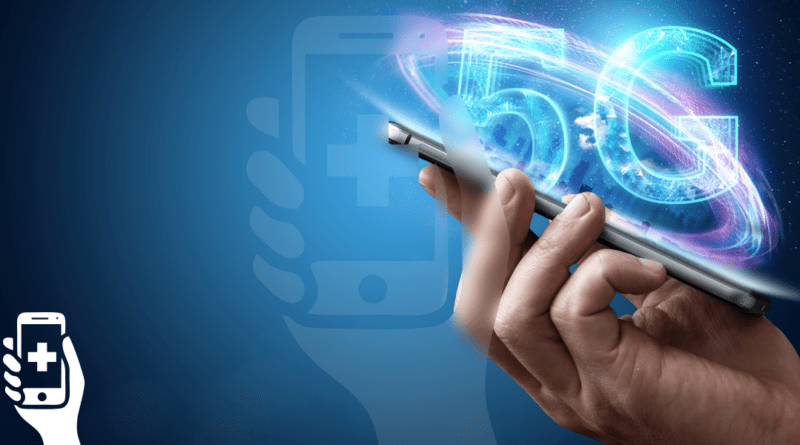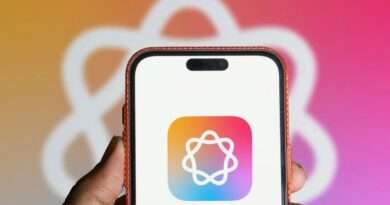The Evolution of the Internet: From Dial-Up to 5G
|
Getting your Trinity Audio player ready...
|
The internet has undergone a remarkable transformation since its inception, evolving from slow, clunky dial-up connections to lightning-fast 5G networks. Over the decades, this evolution has reshaped industries, communication, entertainment, and the global economy, making the internet an integral part of our daily lives. Let’s explore how the internet has evolved, highlighting the key technological milestones from the dial-up era to the era of 5G.
1. The Birth of the Internet
The origins of the internet date back to the late 1960s with the creation of ARPANET (Advanced Research Projects Agency Network), a project funded by the U.S. Department of Defense. ARPANET allowed multiple computers to communicate on a single network. This early iteration of the internet was primarily used by research institutions and universities to share data and information.
Key Features of ARPANET:
- Packet switching: Data is broken down into packets and transmitted through multiple paths before reassembling at its destination.
- Remote access: Allowed users to access distant resources, laying the foundation for global connectivity.
ARPANET was revolutionary, but it was only accessible to a small group of users. The development of the Transmission Control Protocol/Internet Protocol (TCP/IP) in the 1970s helped standardize data transmission, allowing networks worldwide to connect, forming what we now know as the internet.
2. The Dial-Up Era (1980s-1990s)
Dial-Up Connection:
In the 1980s and 1990s, most users accessed the internet through dial-up connections. This technology used regular telephone lines to connect to the internet, requiring users to dial a number to establish a connection with an Internet Service Provider (ISP). The connection speeds were extremely slow by today’s standards, typically between 14.4 kbps to 56 kbps.
- Sound of dial-up: The noisy, screeching sound of modems dialing into the internet became a hallmark of the early web experience.
- Limited availability: Users couldn’t make phone calls while connected to the internet, and sessions were often interrupted by phone calls or disconnections.
Web Browsing in the Dial-Up Era:
Web browsing during this time was basic, as websites were simple, text-heavy pages due to the slow connection speeds. The World Wide Web, introduced in 1991 by Tim Berners-Lee, enabled users to navigate web pages using hyperlinks, opening up a new world of communication and information.
Key Features:
- Early search engines like Yahoo and AltaVista.
- Email services like AOL and Hotmail.
- Slow download speeds for images and files.
3. Broadband and DSL (2000s)
The early 2000s brought the advent of broadband internet (which includes DSL, cable, and fiber-optic connections), which significantly increased internet speeds. Unlike dial-up, broadband connections were always “on” and didn’t require users to dial in. This new era marked a significant leap in usability and accessibility.
Key Features of Broadband:
- Speeds ranging from 256 kbps to 50 Mbps.
- Users could browse the web while simultaneously using the phone line (for DSL users).
- Always-on connection, removing the need to dial in each time.
Broadband connections allowed for the development of more interactive and multimedia-rich websites. This change helped usher in the age of YouTube, online gaming, and streaming services like Netflix, which were previously unimaginable with dial-up.
4. The Age of Mobile Internet (2000s – 2010s)
As mobile phones became increasingly powerful, the demand for mobile internet access grew. The introduction of 2G networks in the early 2000s provided the first mobile internet experience, but it wasn’t until the advent of 3G in the mid-2000s that mobile browsing became more practical.
Mobile Internet Milestones:
- 2G (1990s): Basic mobile web browsing and email services at speeds up to 0.1 Mbps.
- 3G (2000s): Faster speeds (up to 2 Mbps) allowed for more robust mobile browsing, video calls, and app downloads.
- 4G (2010s): Speeds of up to 100 Mbps allowed for high-definition video streaming, seamless video calls, and fast downloads.
Smartphones, like the iPhone and Android devices, capitalized on the increased bandwidth, revolutionizing how we access the internet. Social media platforms like Facebook, Instagram, and Twitter became integral parts of mobile internet usage, fostering an always-connected digital culture.
5. The Fiber-Optic Revolution (2010s)
While mobile internet was growing, landline-based connections also advanced with the advent of fiber-optic technology. Unlike traditional copper wires, fiber-optic cables transmit data using light, allowing for much faster speeds and more reliable connections. This revolutionized home and business internet access, particularly for bandwidth-heavy applications like 4K video streaming and cloud computing.
Key Features of Fiber-Optic Internet:
- Speeds exceeding 1 Gbps, which is up to 100 times faster than standard broadband.
- More reliable and consistent speeds over longer distances.
- Ideal for high-demand activities like video conferencing, online gaming, and large file transfers.
Countries with extensive fiber-optic infrastructure, like South Korea and Japan, have some of the fastest internet speeds in the world.
6. 5G: The Future of Internet Connectivity (2020s)
The most recent leap in internet technology is the deployment of 5G networks. 5G promises to bring unprecedented speed, reduced latency, and the ability to connect a massive number of devices simultaneously, making it a cornerstone of the Internet of Things (IoT) revolution.
Key Features of 5G:
- Speeds up to 10 Gbps, allowing for near-instant downloads and ultra-high-definition video streaming.
- Low latency (as low as 1 millisecond), making real-time applications like online gaming, virtual reality (VR), and autonomous vehicles possible.
- Massive connectivity: 5G can support up to 1 million devices per square kilometer, making it essential for smart cities, connected homes, and IoT networks.
With 5G, new possibilities like smart cities, autonomous driving, and augmented reality will become more mainstream, enhancing productivity, entertainment, and daily living. It will also enable industries like healthcare, agriculture, and manufacturing to use internet-connected devices in ways that were previously unimaginable.
7. Internet’s Impact on Society and Future Prospects
The evolution of the internet has had profound impacts on society:
- Global Communication: The internet connects billions of people globally, enabling instant communication through emails, video calls, and messaging apps.
- E-commerce: Platforms like Amazon and Alibaba have transformed the retail industry, allowing consumers to shop globally from their homes.
- Education and Knowledge: The internet has democratized access to information through platforms like Wikipedia, Khan Academy, and Coursera.
As 5G technology continues to expand, we’re on the brink of the next internet revolution. The combination of 5G, artificial intelligence, and IoT will lead to a more interconnected, data-driven world where devices communicate seamlessly, and automation enhances everyday tasks.
Conclusion
The journey from dial-up to 5G is a testament to the rapid pace of technological innovation. The internet, once a niche tool for academics, has transformed into a global necessity, influencing every aspect of modern life. As 5G rolls out and new advancements emerge, the internet will continue to evolve, reshaping industries and improving how we connect, communicate, and experience the world. Whether through fiber optics or mobile networks, the future of the internet promises faster, more accessible, and more impactful connectivity for everyone.




